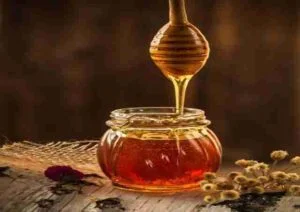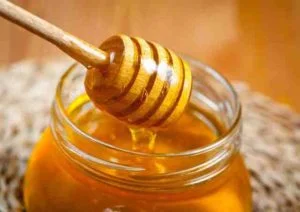The story of honey is older than history itself. An 8,000-year-old cave painting in Spain depicts honey harvesting, and we know it’s been used for food, medicine and more by cultures all over the world since.
But honey isn’t about humans. It’s the natural product made from bees—one of our planet’s most important animals. Honey bees visit millions of blossoms in their lifetimes, making pollination of plants possible and collecting nectar to bring back to the hive.
Lucky for us, bees make more honey than their colony needs, and beekeepers remove the excess and bottle it. Just like they’ve been doing since the beginning of time.
Forms of honey-
Liquid honey-The one we all know and love. Because liquid honey mixes easily into a variety of foods, it’s especially convenient for cooking and baking.
Comb honey-The original; that is, honey inside of the honeycomb. And, yes, it’s edible.

Forms of honey-
Liquid honey-The one we all know and love. Because liquid honey mixes easily into a variety of foods, it’s especially convenient for cooking and baking.
Comb honey-The original; that is, honey inside of the honeycomb. And, yes, it’s edible.
Cut-comb honey-Cut-comb honey is liquid honey that has added chunks of the honeycomb in the jar. Also known as a liquid/cut-comb combination.
Crystallized honey-Naturally crystallized honey is honey in which part of the glucose content has spontaneously crystallized. No worries; it’s safe to eat.
whipped honey-While all honey will eventually crystallize, whipped honey is brought to market in crystallized form so that it can be spread like butter at room temperature.

Benefits of honey-
Honey Contains Some Nutrients,High-Quality Honey Is Rich in Antioxidants,Honey Is “Less Bad” Than Sugar for Diabetics,The Antioxidants in It Can Help Lower Blood Pressure,Honey Also Helps Improve Cholesterol,Honey Promotes Burn and Wound Healing,Honey Can Help Suppress Coughs in Children,It’s Delicious, But Still High in Calories and Sugar.


